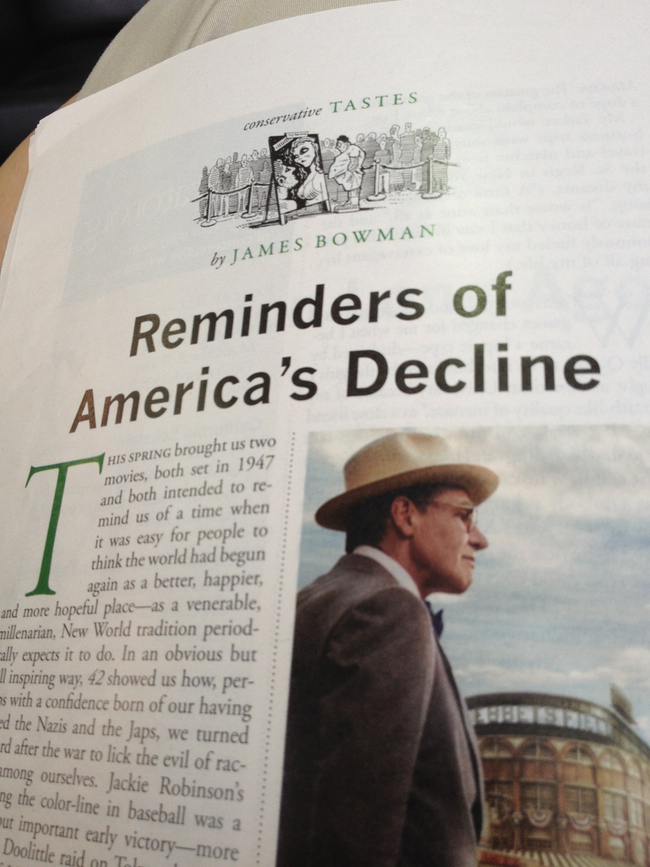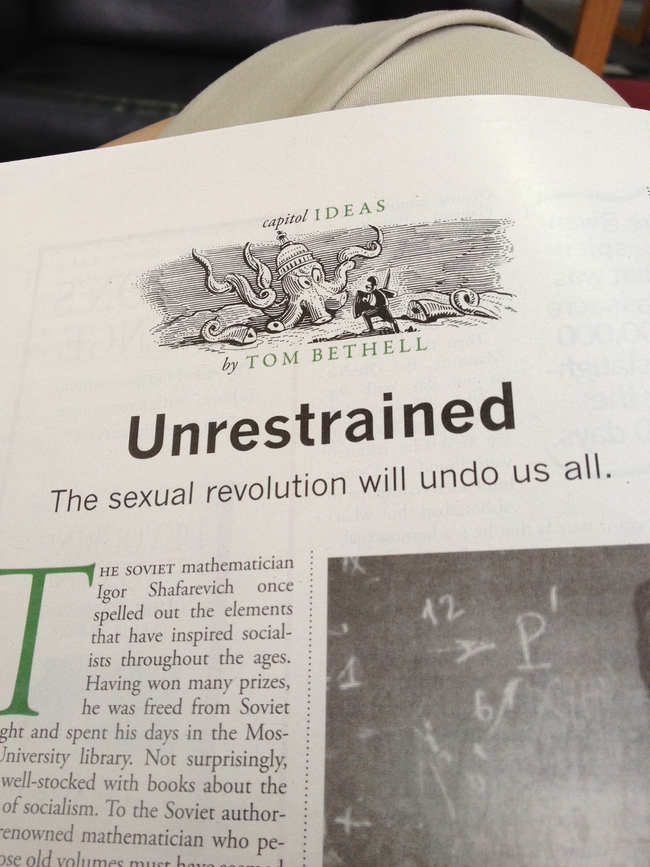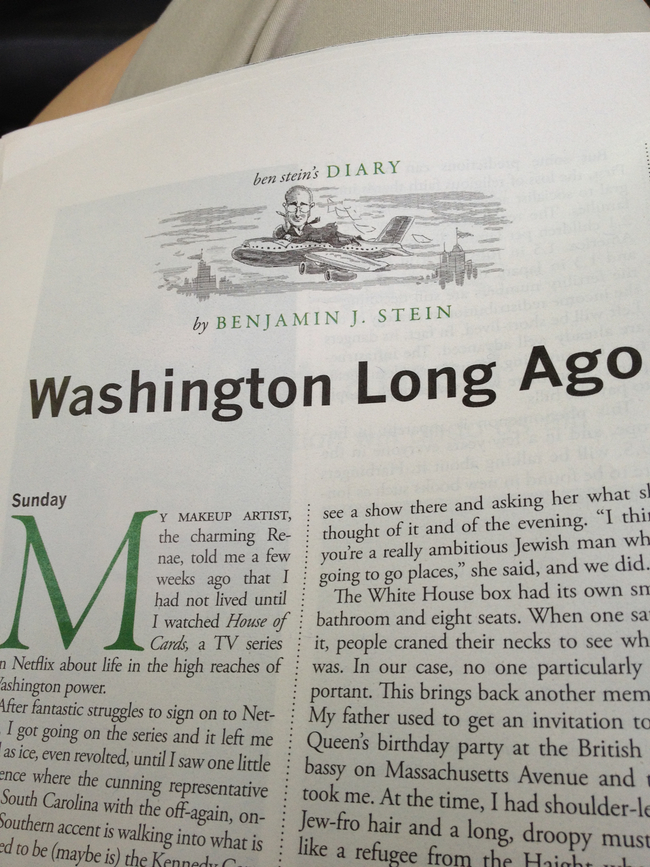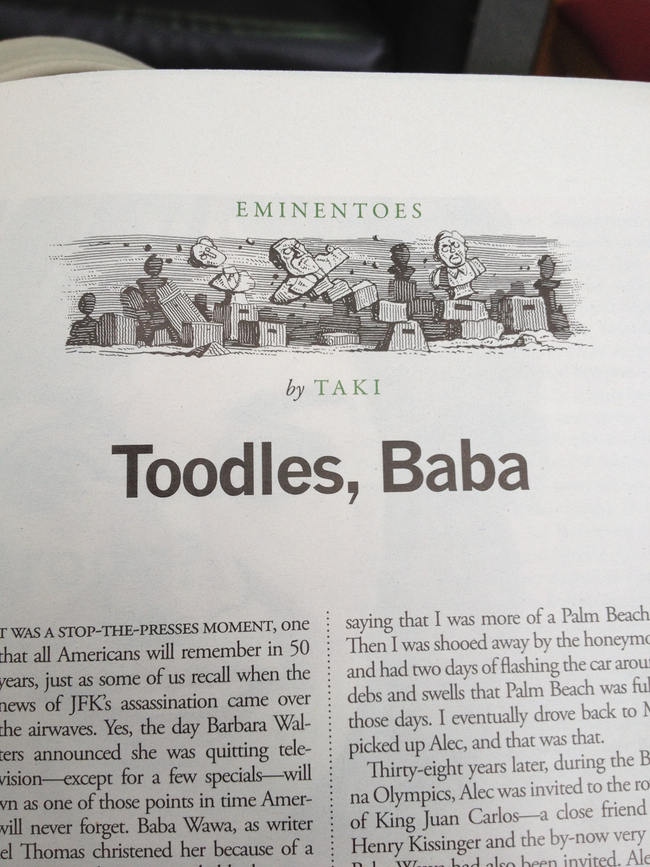Someone is going to have to explain Elon Musk to me. I know the basics — founder of Tesla, fighter with New York Times auto writers, etc. — but beyond that, all I have to go on are a few clues. I’ve noticed he seems to be very popular with a certain sort of young libertarian male, who believes all we have to do is cut the chains that keep our young geniuses from soaring, and man, will they ever soar! Etc.
But I read this the other day, and I have to say…well, you tell me:
Tesla and SpaceX chief executive Elon Musk is announcing his plans for the “Hyperloop” Monday — a high-speed transportation system that, ideally, could take passengers between San Francisco and Los Angeles for a fraction of the cost and faster than the $68 billion high-speed rail system scheduled to begin running in 2028. Musk has said the Hyperloop, as he envisions it, could get you from San Francisco to Los Angeles in about 30 minutes, traveling at about the speed of sound.
As exciting as all of that sounds, the key word here is “ideally.” Musk described the Hyperloop at the D11 conference in May, and the outline was less than scientific.
“It’s a cross between a Concord and a rail gun and an air hockey table. If they did a threeway and had a baby somehow,” said Musk, you’d have a kicking, screaming Hyperloop.
O rly? There are other buzzwords in the piece, including my fave (“he is publishing the plans as open source”) and my other fave (he “requested ‘critical feedback’ from the general public via Twitter”). It’s all very something-something-and-then-a-miracle-happens, although I suppose there is room for people like that in the world. In the Henry Ford museum, you can walk through Buckmister Fuller’s Dymaxion house, which he envisioned as a sort of metal yurt that could be easily collapsed and transported to another site, should you want to move but not necessarily live in a different house. It was all very futuristic, except that reality intruded and the miracle never happened.
Ninety minutes from New York to Paris, why by ’76 we’ll be A-OK…
So, I needed to get out of the house for a while today, and chose to work at the library. What’s this, the American Spectator? God, it’s been years; the editorial page editor used to subscribe, and I used to read it regularly. Let’s see how this once-proud journal of the conservative movement is attracting the next generation. OK, the cover:
Yep, that’s a paean to AM radio, and that cover says so much, doesn’t it? Gathering around the console in some fantasy of the past — how old do you have to be to even get the cultural reference of a living-room radio? (My age at the absolute youngest.) How old do you have to be to give a fat rat’s ass about a radio band you only subject yourself to if you’re…well, that you never subject yourself to, because who cares?
But that was just the cover, which could be excused as a nostalgia piece. What else is in the July/August issue? This:
Those are the movie reviews, by the way. “Reminders of America’s decline.” OK, so, anything else?
And this:
Yep, that’s Ben Stein, taking his Diary column into its 4,821st year. Because the life of a Hollywood whatever-he-is is nothing but fun. Finally, Taki, also a contributor of many years, winds up and takes a swat — because that’s what he does, slaps like a little bitch — at that menace to society, Barbara Walters:
I used to read this rag and get angry. Pity is a new feeling.







